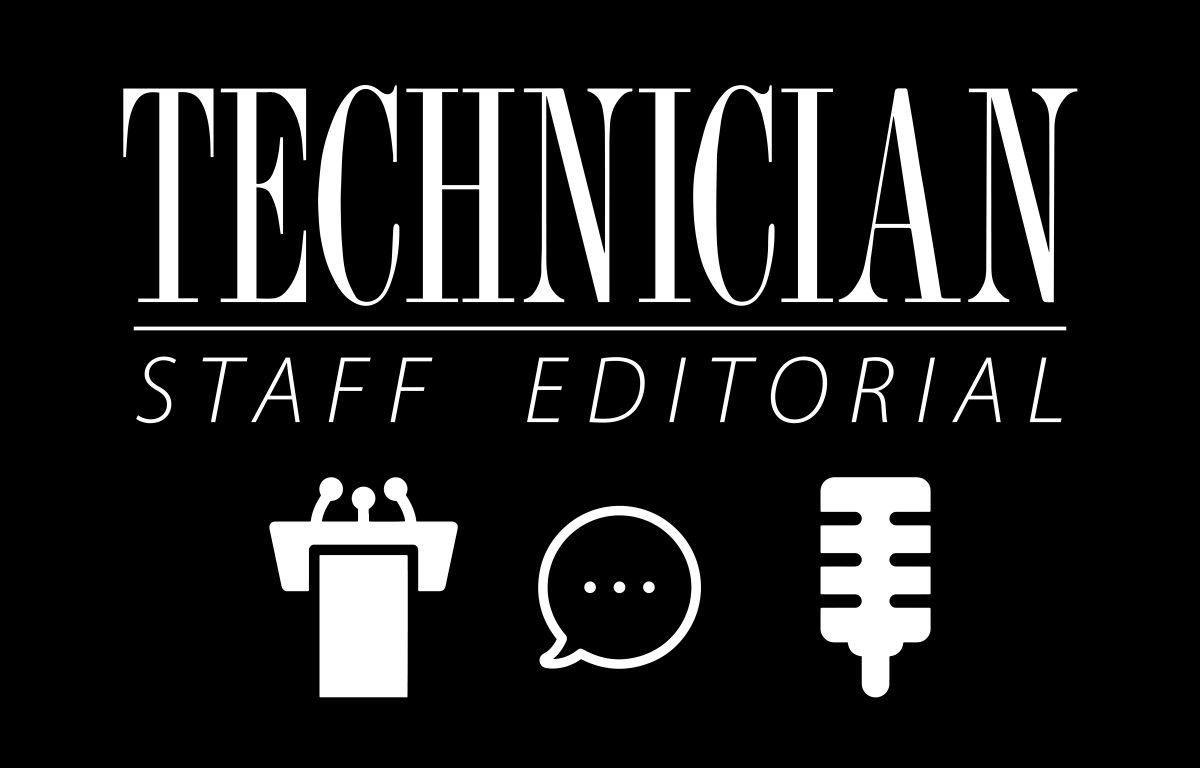THE FACTS: The Board of Trustees approved Feb. 18 the construction of a $3.5 million house for the chancellor, paid by private donations and intended to aid fundraising efforts.
OUR OPINION: In the interests of transparency and garnering student involvement in the fundraising efforts, the chancellor-elect needs to commit to an open campaign, telling students and faculty alike how the money raised will improve the University for them.
The Board of Trustees officially put its stamp of approval on the construction of a new house for the chancellor, with a price tag of $3.5 million.
Despite the continued wariness at administrative excess in spending, students can indeed rest easy, knowing the house will be paid for by private financing, mostly coming from alumni donors.
One of the primary reasons to build the house is fundraising, and if Chancellor-elect Randy Woodson wants to rebuild bridges between the administration and students, he should make it absolutely clear how the funds he raises will benefit the University and the students and faculty who make it one of the best and biggest academic institutions.
In order to get students fully onboard with the fundraising program, Chancellor-elect Woodson must make sure students have easy access to information regarding how donations will affect them, whether it means new scholarships, additional resources or new facilities or equipment.
Former Chancellor James Oblinger, despite being hounded for his questionable connections surrounding Mary Easley’s employment at the University, was an outstanding fundraiser. But his Achieve campaign, which raised more than $1.3 billion, was never explained to students with even a modicum of detail.
One must peruse the campaign’s Achieved Web site to find out how certain donations financed purchases that enhanced student experience, ranging from monies for cutting-edge software packages for design students to a variety of scholarships and endowments for students and faculty.
The chancellor-elect now looks to trump the Achieve campaign with a $1.5 billion fundraising effort. If he hopes to maximize student cooperation with the fundraising campaign, then he needs to make it clear what donations will do for students. Simply telling students some donations will be used to establish scholarships and grants will raise awareness of the availability of such financial aid and encourage students to apply for and work towards receiving and maintaining these scholarships.
It’s important for the chancellor to raise funds for the University — it’s equally important he makes an effort to listen to students and faculty and address their concerns. By being as open as possible regarding the use of fundraising money, he can take care of both.



